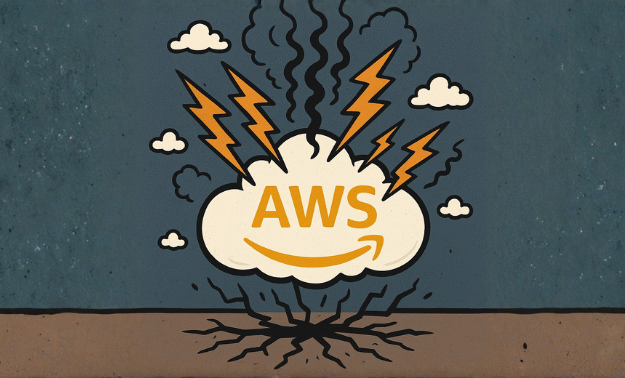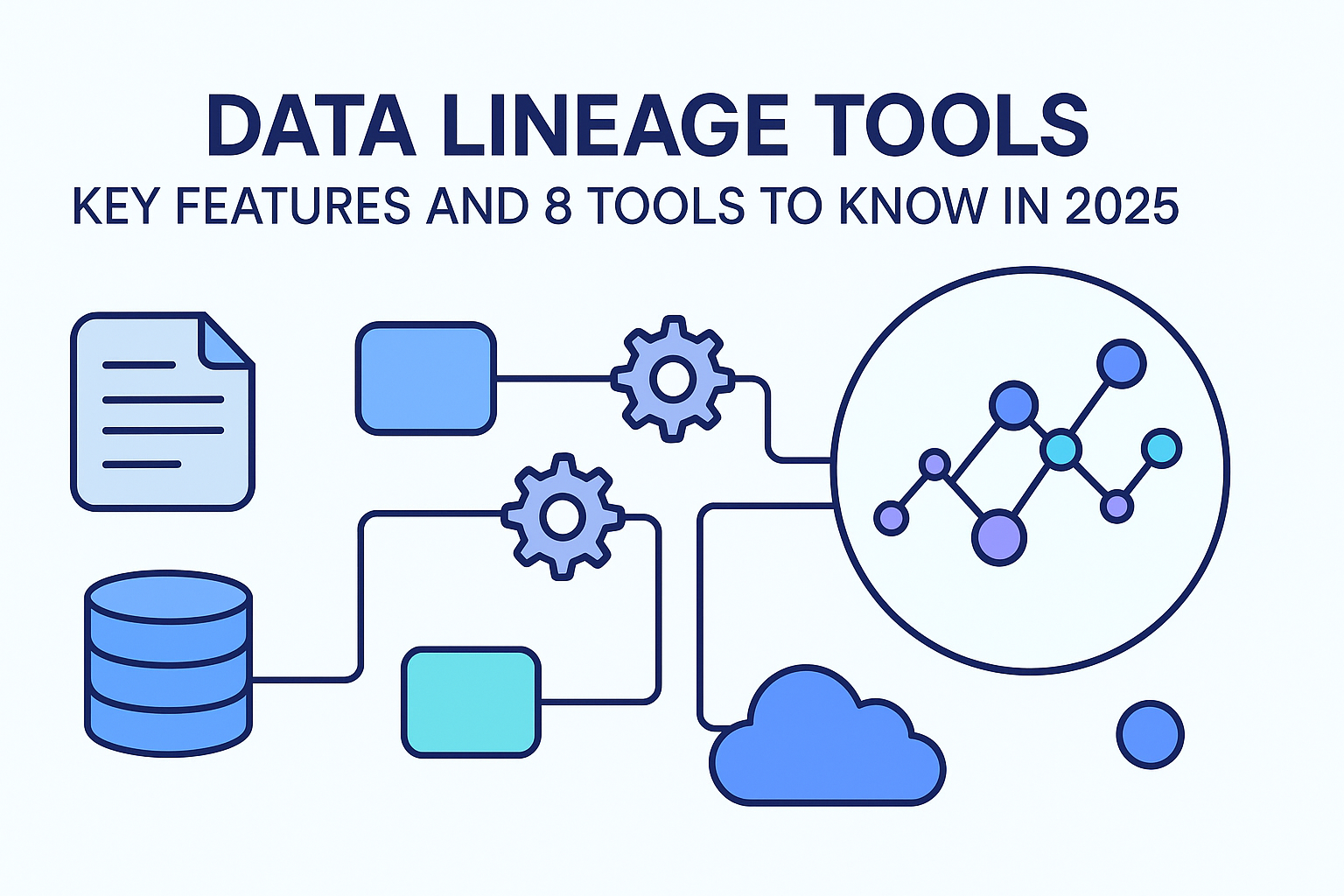Yesterday (Oct. 20, 2025), a ripple in the Amazon Web Services (AWS) US-East-1 region escalated into a global blackout of digital services. According to AWS, the fault started in an internal subsystem monitoring network load-balancers and cascade-fired into DNS and API failures across a swathe of services.
If you thought you were safe because you “run on a different cloud,” think again. The uncomfortable truth: even when your primary cloud and your regional instance were unaffected, the ecosystem around you wasn’t. If you’re a Snowflake shop, you might say: “We’re fine-we run on GCP (or our Snowflake region on AWS wasn’t impacted).” And yet your analytics still stalled. Why? If one of your vendors: ETL, orchestration, authentication, data catalog, reverse ETL, payments, comms, observability was dominated, your lights still went out.
Hidden dependency stacks are the Achilles’ heel.
Modern data teams build using an array of SaaS and infrastructure vendors: ingestion, change data capture, workflows, identity providers, cost monitors, BI APIs. Many are leveraged in the same handful of cloud regions and control planes.
One failure? The dominoes fall. Yesterday was a textbook case of systemic fragility
The biggest risk nobody talks about: vendor-choke-points (“men-in-the-middle”).
Some tools sit squarely in your data path: they route or proxy your queries via their control plane.
- If their region, DNS or control plane stutters, your queries queue or die.
- If they push a faulty update, your data plane pays.
- If they throttle or stall silently, you get brown-out: missed SLAs, angry stakeholders.
Yesterday’s AWS meltdown reminded us: Any non-essential hop in the data path is a liability.
How to build architecture with Seemore Data to avoid this:
- No proxy in front of Snowflake. Your compute talks directly to Snowflake endpoints in your cloud/region, no live middle-man.
- Our control-plane ≠ data-plane. We analyze metadata, telemetry and query plans off path, then issue native, reversible recommendations via provider SDKs, not by re-routing traffic.
- Fail-open posture. If Seemore Data is unreachable, your workloads continue normally. You lose optimization suggestions, not availability.
- Blast-radius awareness. We map upstream/downstream dependencies and surface single-cloud/region-concentration risks (DNS, auth, schedulers, CDC endpoints).
- Multi-cloud optionality without brittle tunnels. For cross-cloud (Snowflake on AWS/GCP/Azure), we design resilient patterns within provider contracts, not through fragile cross-cloud shims.
Six questions to ask any “cost & performance” vendor post-Oct 20:
- Are you in my data path? If yes, where and why? What happens when your service fails?
- Can you show a fail-open demo? Live workload—your service down—do queries still run?
- Do you apply native, reversible settings (warehouse sizing, schedules) or require traffic rerouting?
- Do you publish a dependency map? Which regions, clouds, third-parties feed you? Do you publish post-incident reports?
- If their US-East-1 control plane dies, what’s my RTO/RPO? How do you bound it?
- Security & sovereignty: Does any data leave my cloud/region? Does optimization run wholly inside my account via delegated roles?
The outage wasn’t just inside AWS. It was inside our thinking.
Outages happen even outside your cloud. Yesterday reaffirmed that availability is a supply-chain property, not just a single-provider metric. Don’t trade a few percentage points of savings for a single point of failure.
Optimize around your platform, not through it.
At Seemore Data we’ll keep tuning cost and performance while ensuring that when the next cloud stumbles, your data plane keeps on spinning. And the only thing you lose is a few hours of suggestions, not your SLA

Ready to take the plunge? Hop on a 30 minute demo to see how much you can save in the first 30 days with Seemore.
Oink a demo





